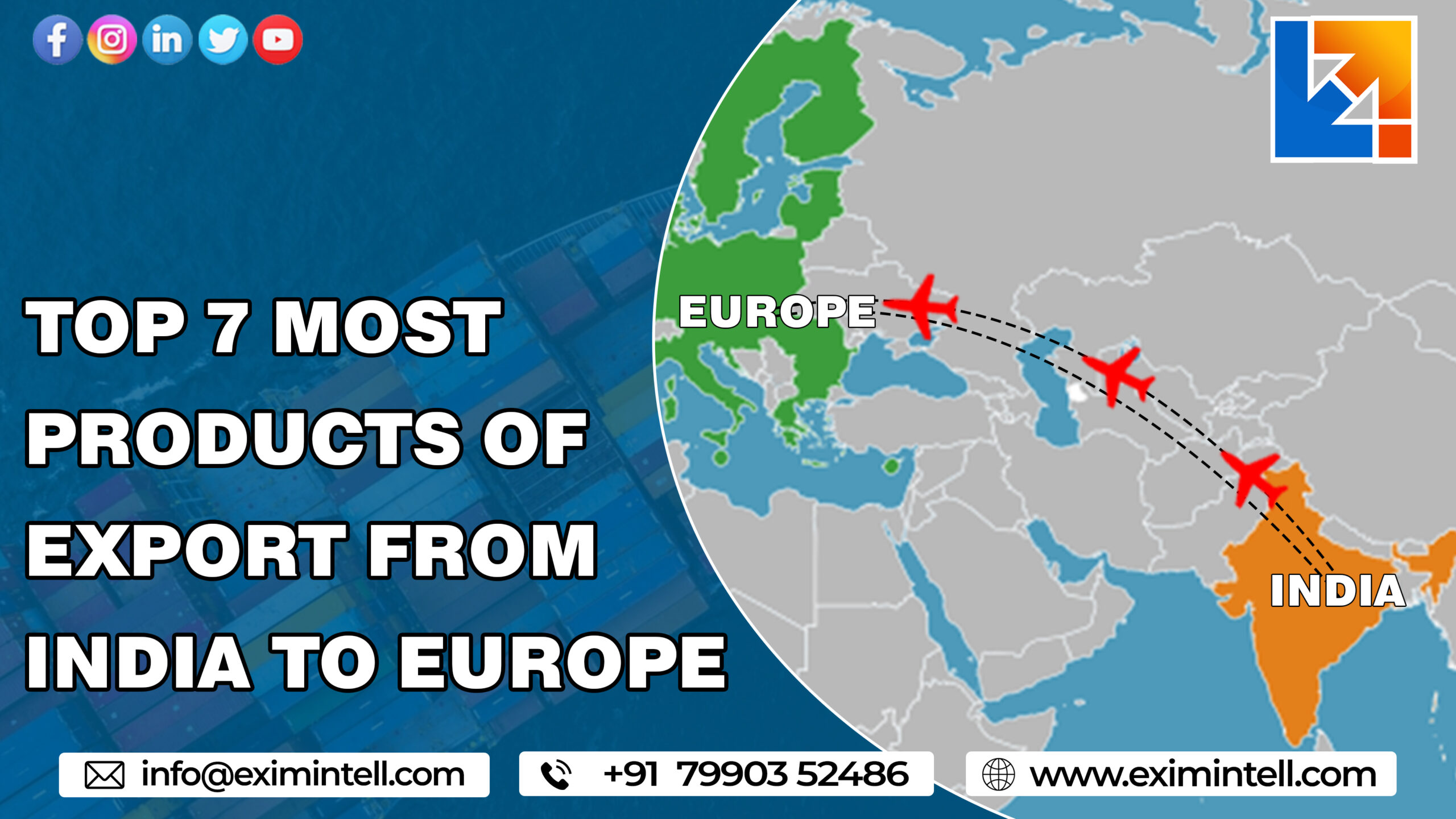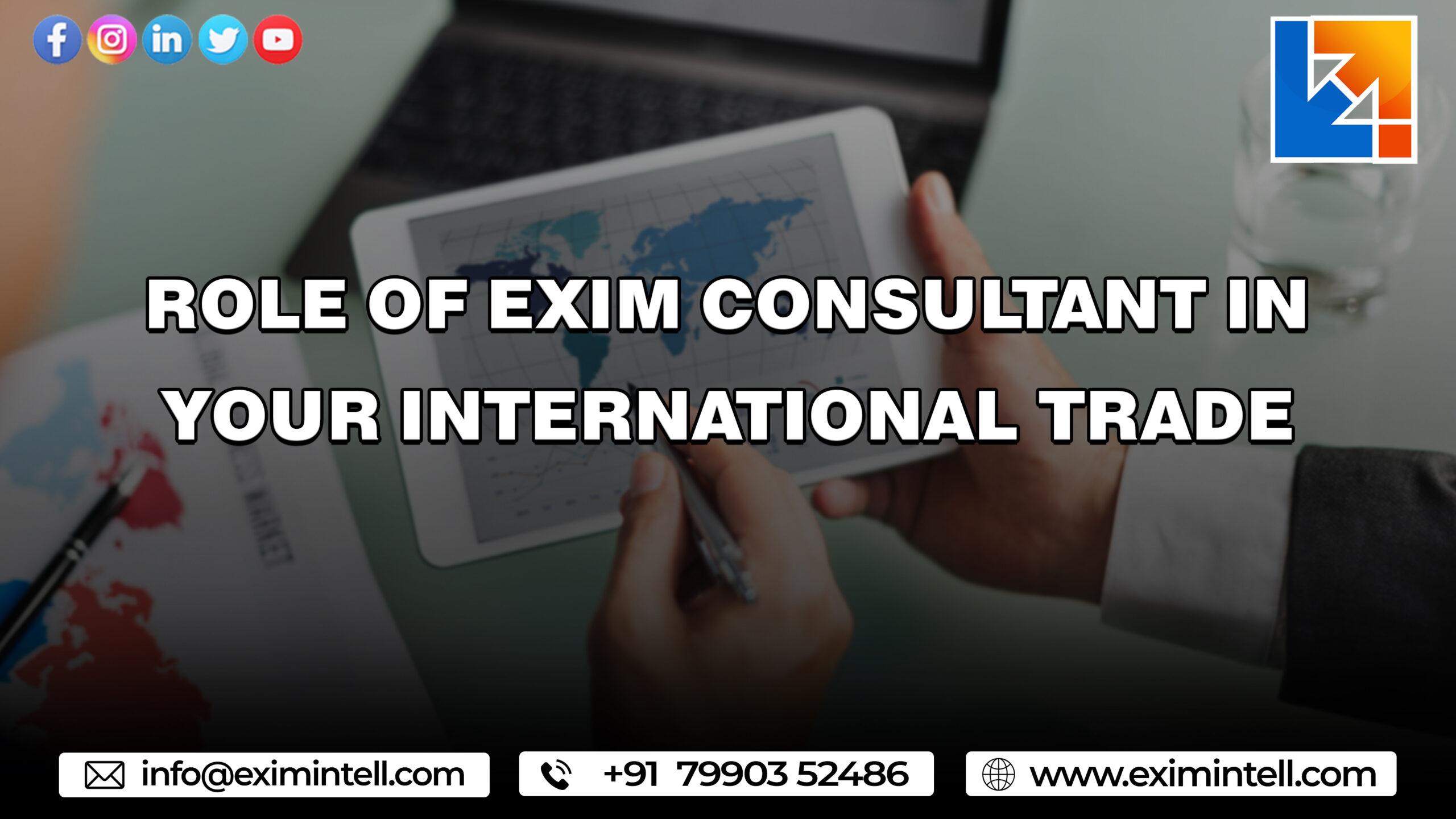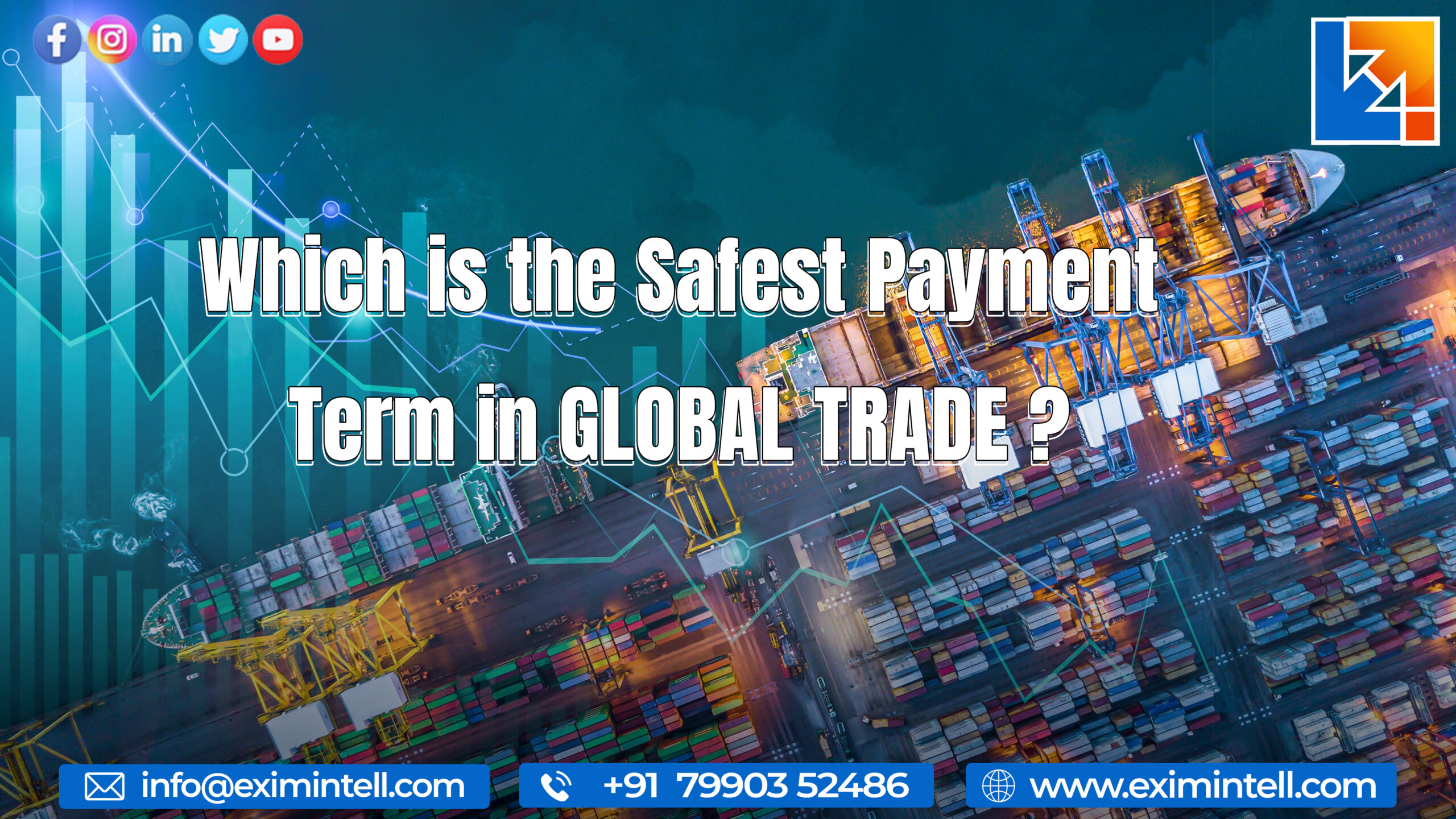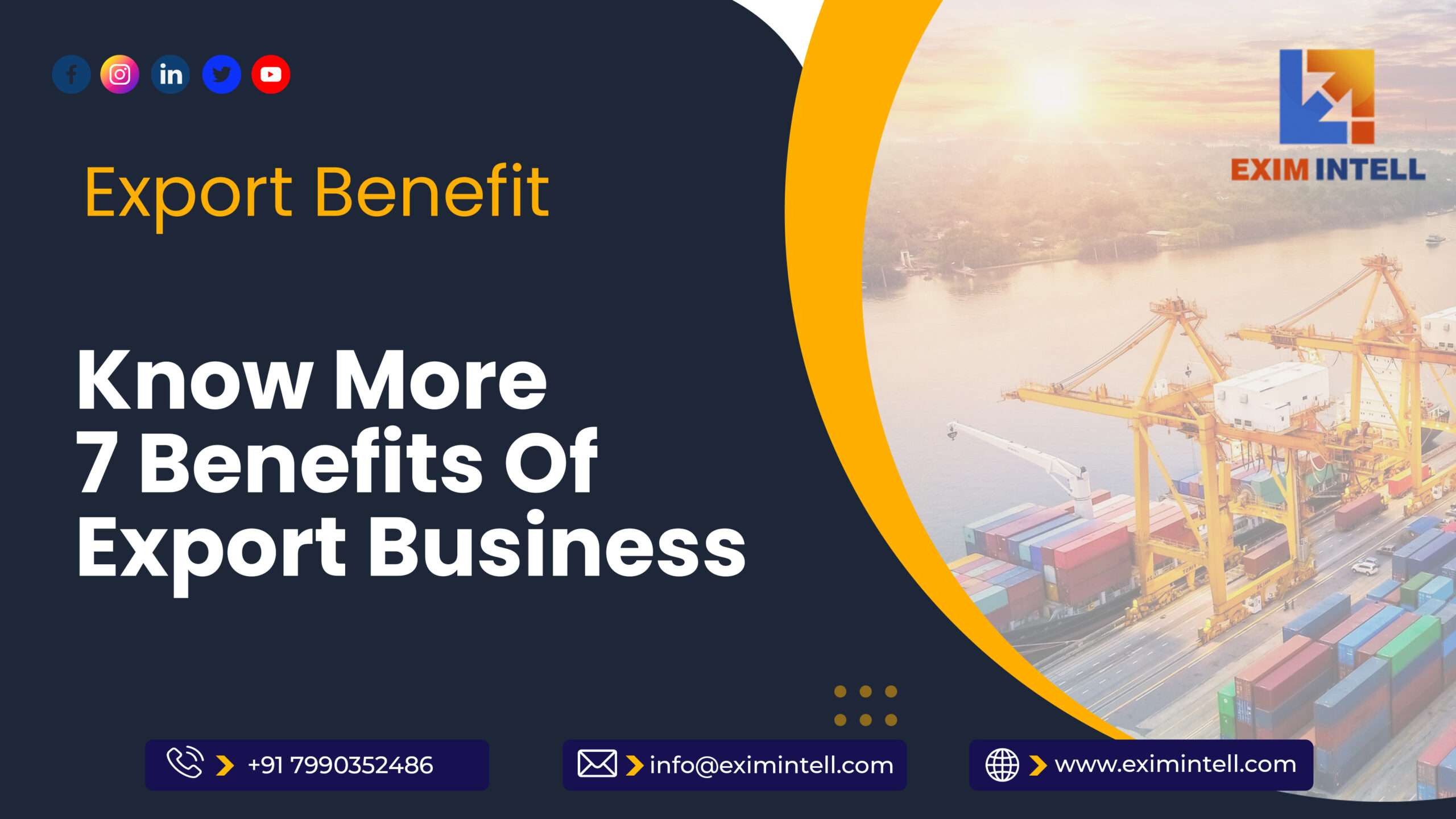In the ever-evolving realm of global trade, one force has stood out as a game-changer in recent years: digital transformation. The digital transformation in Export-Import Business has revolutionized the way nations and businesses interact, negotiate, and transact. As boundaries become more permeable thanks to technology, the traditional methods of conducting trade are giving way to faster, smarter, and more efficient digital alternatives.
This blog delves deep into the multifaceted impact of this transformation, exploring how it has reshaped industry practices, brought forth new opportunities, and set the stage for a future where digital prowess is synonymous with trade success. Join us as we navigate the digital wave sweeping across the Export-Import landscape.
The Precursors to the Digital Revolution in Export-Import Business
Long before 2023 heralded the zenith of the digital era, the wheels of technological innovation were already in motion, laying the foundation for the dramatic shifts we witness today. These advancements weren’t overnight phenomena; they were the outcome of years of research, investment, and gradual adoption by early visionaries who foresaw the impending digital storm.
From the emergence of blockchain technology, which promised unparalleled transparency in transactions, to the proliferation of e-commerce platforms that redefined buyer-seller interactions on a global scale, the build-up to the current digital crescendo was palpable. Moreover, as global trade complexities grew, so did the demand for digital solutions. Businesses, in their quest for efficiency, agility, and scalability, increasingly sought out technologies that could simplify processes, optimize costs, and minimize human errors.
This growing appetite for digital integration in trade was a clear indicator: the Export-Import Business was on the brink of a transformative leap, driven by the relentless march of technology.
Key Digital Innovations Reshaping the Export-Import Business
The Export-Import Industry, traditionally rooted in manual operations and face-to-face dealings, is undergoing a profound metamorphosis, spurred by several groundbreaking digital innovations. At the forefront, e-commerce and B2B platforms have democratized trade, erasing geographical boundaries and bringing buyers and sellers onto a unified digital marketplace. These platforms have simplified processes, ensuring that even small businesses can tap into global markets with relative ease.
Meanwhile, blockchain technology has emerged as a bastion of trust, guaranteeing transparency, and unparalleled security in transactions. Its decentralized nature ensures that every trade action, from origin to destination, is recorded and verifiable, eliminating fraud and bolstering confidence among traders. In the realm of predictive intelligence, AI and Machine Learning have ascended as the torchbearers.
By analyzing vast amounts of data, these technologies forecast market trends, helping businesses strategize proactively. They also play a pivotal role in automating repetitive tasks, increasing operational efficiency manifold. Lastly, the Internet of Things (IoT) is revolutionizing logistics. With sensors and smart devices, businesses can now monitor their goods in real-time, ensuring timely deliveries and optimizing supply chain management. Together, these innovations are not just reshaping the Export-Import Business; they’re setting the blueprint for the industry’s digital future.
Benefits of Digital Transformation in Export-Import Business Through Government Initiatives
The march of digital transformation in the Export-Import Business has been greatly facilitated and accelerated by a suite of government schemes and initiatives. These measures have illuminated a path toward streamlined operations, effectively diminishing human-induced errors and inefficiencies. For instance, the ‘Digital India‘ campaign aims at transforming India into a digitally empowered society, and its implications for the Export-Import sector have been significant. With integrated systems, processes from documentation to clearance have witnessed a surge in speed and accuracy.

Further, transparency, a pivotal factor in international trade, has reached unprecedented levels with the government’s push for GST and the integration of GSTN with Export-Import portals. Every transaction, every tax input, and output can now be traced, bringing clarity and trust into the system. Additionally, platforms supported by the ‘Startup India’ initiative have given rise to numerous digital platforms connecting Indian businesses to the world, granting them access to broader markets and previously untouched audience segments.
Cost and time, two of the most critical factors in trade, have also seen a remarkable optimization. With the Trade Infrastructure for Export Scheme (TIES), the digital infrastructure at ports and customs has been upgraded, drastically cutting down waiting times and transaction costs. Moreover, schemes like Niryat Bandhu, which aim at mentoring first-generation exporters, have now adopted digital tools to educate and guide, ensuring that even newcomers in the business can harness the full potential of digital transformation for cost-efficiency.
In essence, the synthesis of government schemes with the wave of digital transformation is setting a new benchmark in the Export-Import Business, combining the strengths of policy and technology to unlock unparalleled benefits.
Challenges in the Digital Export-Import Business
In the wake of rapid technological advancements, the Export-Import Business, like many others, faces its share of challenges. At the forefront of these challenges is the looming menace of cybersecurity threats and data breaches. As businesses increasingly transition to digital platforms for trade facilitation, the potential vulnerabilities in these systems become attractive targets for cybercriminals.
These threats can not only lead to significant financial losses but also compromise the trust and reputation of businesses in the global marketplace. Another pressing challenge is the integration of legacy systems with cutting-edge technologies. Many traditional Export-Import Businesses operate on older IT infrastructures that may not be readily compatible with the latest digital solutions.
This incompatibility can result in inefficiencies, operational hiccups, and even data losses. Furthermore, as the digital landscape becomes more sophisticated, there’s an acute need for training and upskilling the workforce. Ensuring that employees, from front-line workers to top-tier management, are adept at using advanced platforms is critical.
Without proper training, even the most advanced digital tool can become redundant, or worse, a liability. Thus, while the promise of the digital era in the Export-Import world is bright, it’s essential for businesses to navigate these challenges with caution and strategy.
Case Studies: Success Stories of Digital Integration
In the vast panorama of the Export-Import Business, several enterprises have stood out, not merely due to their trade volumes but more notably for their innovative adoption of digital tools. One such instance hails from a mid-sized textile exporter in India. Traditionally reliant on brokers and direct client contacts, this company transitioned to a digital B2B platform.
This move not only expanded their client base into previously untapped European markets but also streamlined their inventory management, using real-time demand analytics. Another compelling tale emerges from a seafood distributor in Vietnam. By integrating blockchain technology, they provided their global clientele with a ‘farm-to-table’ tracking system. This enhanced transparency resulted in heightened trust, leading to a 20% uptick in orders within a year.
Furthermore, a South African wine exporter utilized AI-driven predictive analysis to forecast demand in various global regions, optimizing their production and reducing wastage. These real-world examples underscore a unified lesson: digital integration, when done thoughtfully, can yield unprecedented efficiency and growth.
However, the pathway to digital success isn’t free from challenges. These businesses had to invest in training, face initial resistance to change, and iterate their strategies based on evolving tech trends. Yet, their stories serve as a beacon, illustrating the immense potential of digital tools in reshaping the Export-Import Business and offering lessons and best practices for others to emulate.
The Role of Regulatory Frameworks
In the ever-evolving landscape of digitalized trade, regulatory frameworks play a pivotal role in ensuring that the transition to the digital realm is smooth, secure, and standardized. As businesses globally are adopting digital methodologies, there’s a pressing need for harmonized digital standards and regulations.
These standards ensure that cross-border trade, even when conducted online, adheres to a set of universally accepted norms, reducing discrepancies and fostering mutual trust among trading nations. The absence of such harmonized measures can lead to misinterpretations, disputes, and inefficient trade practices.
Recognizing this urgency, several governments have taken proactive stances. For instance, initiatives like the World Customs Organization’s Digital Customs program aim to expedite and simplify customs processes through digital tools. On a national level, many countries are introducing regulatory sandboxes where digital trade solutions can be tested and refined in a controlled environment before full-scale adoption.
Moreover, governmental incentives and support programs are being established to encourage businesses, especially SMEs, to integrate digital tools into their trade operations. By prioritizing such initiatives, governments are not only acknowledging the significance of digital transformation in the Export-Import Business but also laying a strong foundation for a future where digital trade is the norm, not the exception.
Conclusion
2023 stands as a testament to the seismic shifts occurring in the Export-Import Business, driven by the relentless march of digital transformation. As the contours of global trade evolve, businesses and stakeholders must be agile, innovative, and willing to embrace these digital tools to remain competitive. While the digital frontier offers unparalleled opportunities, it’s not without its set of challenges.
Navigating this intricate web requires expertise, foresight, and a deep understanding of both technology and trade intricacies. This is where specialized consultancy firms like Exim Intell play an indispensable role. Leveraging their profound knowledge and experience, they bridge the gap between traditional trade practices and modern digital methodologies, guiding businesses towards efficient, transparent, and profitable trade ventures.
As we reflect upon the transformational power of digitalization in the Export-Import Business, partnering with seasoned consultants like Exim Intell ensures that businesses are not just participants but leaders in this new era of digital trade.














